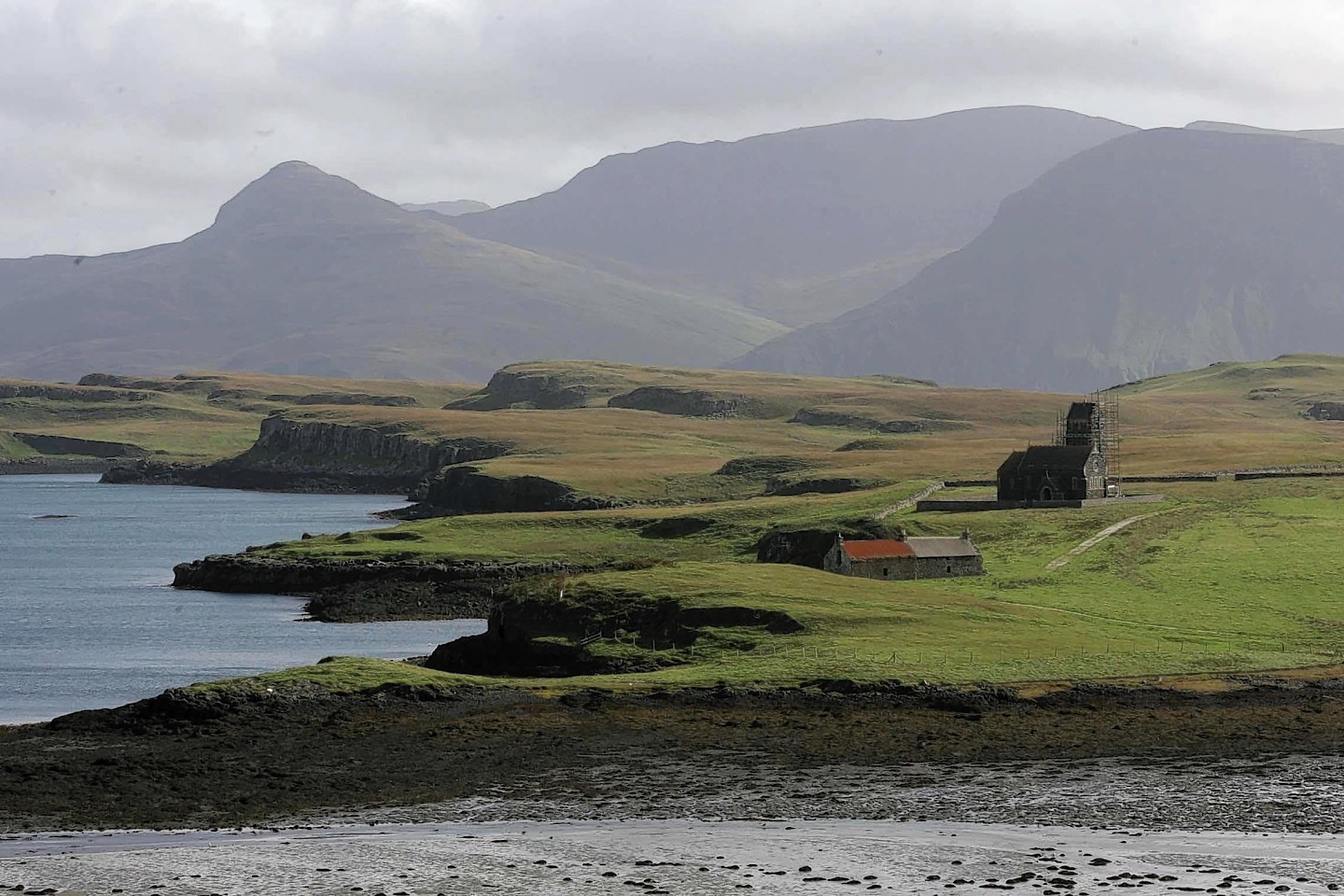A Hebridean community has been granted planning permission for a small wind farm that would provide power for their island.
Canna is the most westerly of the Small Isles of the Inner Hebrides with a population of less than 30 people.
The island, which is owned by the National Trust for Scotland, has no mains electricity and residents and holidaymakers have to rely on power provided by three diesel generators, which do not run all the time.
However, Highland Council has now given the Isle of Canna Community Development Trust planning consent for six turbines, measuring 57ft to tip of blade, on 0.8 acres of land about 280 yards south of St Edward’s Centre in the middle of the connected islet of Sanday.
The planning permission also includes the replacement of an existing agricultural shed with a new 40ft by 13ft shed, half of which will contain batteries, inverters and associated equipment, and the excavation of a trench and the installation of electricity cables from the turbines to the main power distribution network close to St Edward’s Church.
The decision was taken by council officers under delegated powers.
In her report on the application, planning officer Lucy Prins said the main issues included the siting, landscape and visual impact of the development and its impact on nature conservation.
She wrote: “Given the height of the turbines, their siting in a cluster orientated east-west, their proposed siting given the land form, their impact on the landscape and the visual impact are all considered acceptable.
“The fact that they are a community led project, which will bring significant benefits to the island, is a mitigating factor in considering their landscape and visual impact.”
She added that the shed would have no significant visual impact on the landscape.
Ms Prins also pointed out that the position of the turbines would avoid the main flight routes of seabirds in the area and the site was away from the main bird breeding and feeding areas.
Known as “The garden of the Hebrides”, Canna has been recognised as a bird sanctuary since 1938, and supports over 20,000 breeding seabirds, including puffins, razorbills and guillemots.
Together with Sanday, it is designated as part of the Small Isles National Scenic Area, as a Special Protection Area for seabirds and a Site of Special Scientific Interest for its coastal habitats and geology, moths and seabirds.
